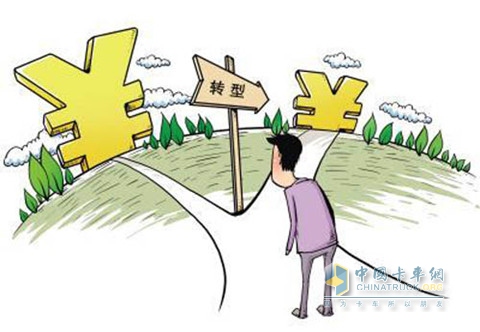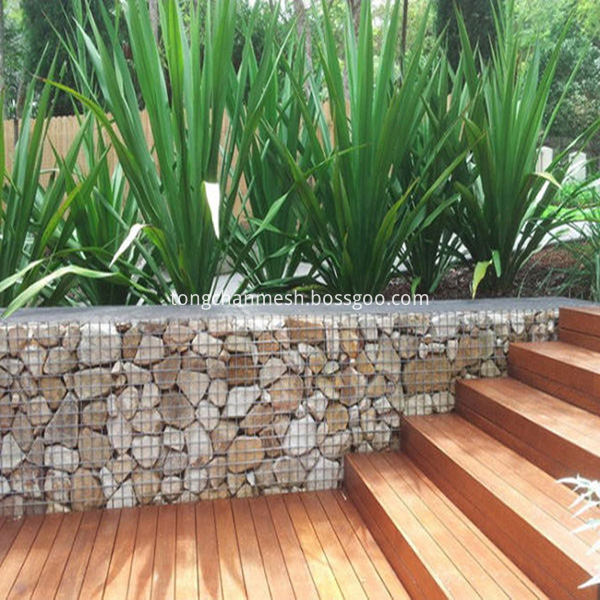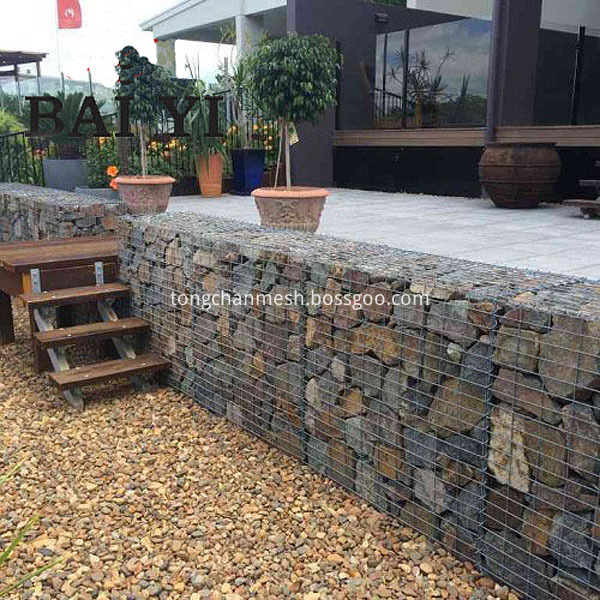“China’s economy has entered a complex phase of 'three phases' superposition. For rubber tire companies, adjustments are painful, and if they are not done well, they will be utterly devastating, and if they do well, it will be a painful hand. Whether it is a martyr or a As a warrior, companies must participate in this major economic adjustment." On October 15th, the first China (Qingdao) Rubber Industry Expo was held in Qingdao. At the same time the World Rubber Main Forum and Information Conference was held, Li Yongwu, President of the China Petroleum and Chemical Industry Federation and Chairman of the China Chemical Society The above view. Slower economic growth slows business experience At present, China’s economy has entered a complex phase of “three phases†superposition (growth shift, structural adjustment, and pre-stimulus policy digestion). Some experts believe that as China's economy ends its rapid growth and enters the period of structural adjustment, the company's driving force for development will be insufficient. This complex situation will have a profound impact on the rubber industry. According to surveys, at present, as the price of natural rubber continues to fall, not only natural rubber production and sales companies are directly hit, but also tire manufacturers and traders are affected. The falling tire prices caused by the continued decline in rubber prices have caused many traders to keep increasing pressure on their inventory and make losses more and more serious. According to data released recently by the China Rubber Industry Association, from January to July this year, the income of the rubber industry decreased by 0.03% year-on-year. The sales revenue of tires, rubber shoes, and latex were all negative growth. The sales of tires, rubber hoses, rubber products, and waste rubber were reported. Revenue growth dropped year-on-year. “Because the price of rubber continues to fall, this year, traders are in a very difficult situation. If the capital chain of the company breaks down, then it is not just a painful problem, but a problem of closing.†Some people in the industry expressed their concerns. Homogeneous competition lacks innovation is the source of pain In recent years, there has been a large-scale upsurge of projects in the rubber tire industry, which has led to rapid growth in tire production capacity and blind expansion of synthetic rubber production capacity. According to Cao Xianghong, academician of the Chinese Academy of Engineering and chief engineer of China Petroleum & Chemical Corporation, at present, due to the successive launch of new batches of equipment, the production capacity of synthetic rubber has obviously exceeded domestic demand. The utilization rate of BR (Butadiene Rubber) and SBR (Styrene-Butadiene Rubber) decreased to 53% and 68% respectively, and that of IR (Isoprene rubber) decreased to 15%... In Li Yongwu's view, although the rubber industry and tire industry are still in a state of development this year, they are extremely fierce in terms of excess capacity and disorderly competition. "I think the degree of fierceness has only just begun. There will be a fierce battle next year and even the 13th Five-Year Plan period. The serious contradiction between homogenous competition and production capacity will be concentrated." For enterprises, the lack of impetus for development is the source of pain during the transition period. As we all know, China's rubber industry is generally large and not strong, and it is at the low-end end of the global rubber industrial chain. Compared with developed countries, there is still a huge gap. In this regard, industry analysts believe that under such circumstances, using innovation to enhance development momentum is a problem that domestic companies have to face in the process of progress. However, the ability to innovate is precisely the weakness of the Chinese rubber industry. Shi Yifeng, secretary general of the tire division of the China Rubber Industry Association, told reporters that with tires as an example, the lack of innovation capability of domestic enterprises is mainly reflected in the limited investment in research and development of new products, the difficulty in industrialization due to innovative results, and the lack of personalized products. Sensitivity to technological innovation is lower than foreign large tire companies. Industry analysts believe that it is the lack of innovation and homogenous competition that has triggered price wars between tire companies. This not only offsets the benefits of rubber prices down to the tire industry, but also easily leads to sensitive international markets, leading to the implementation of "anti-dumping" and "anti-subsidy" trade barriers against Chinese tires. Li Yongwu also expressed concern that he also reminded the company: “The new phase of the 'three phases' superposition has come. For companies, this is a painful process. But anyway, companies have to experience and personally participate in transformation adjustments.â€
Gabion mesh made of double twisted wire with hexagonal mesh are in accordance with the European norms regarding the quality conditions necessary for the production and usage of gabions: EN 10223-3: 2013 - Hexagonal steel wire mesh products and EN 10244: 2009 - Non-ferrous metallic coatings on steel wire. The wire`s stretch resistance is of 380-550 N/mm2, and the mesh has a stretch resistance of minimum 50 kN/m, according to the requirements of norm EN 10223-3.
Gabion Mesh,Gabion Wire Mesh,Hexagonal Wire Mesh,Gabion Fence Hebei TongChan Imp.&Exp.Co., Ltd. , https://www.tongchanmesh.com

